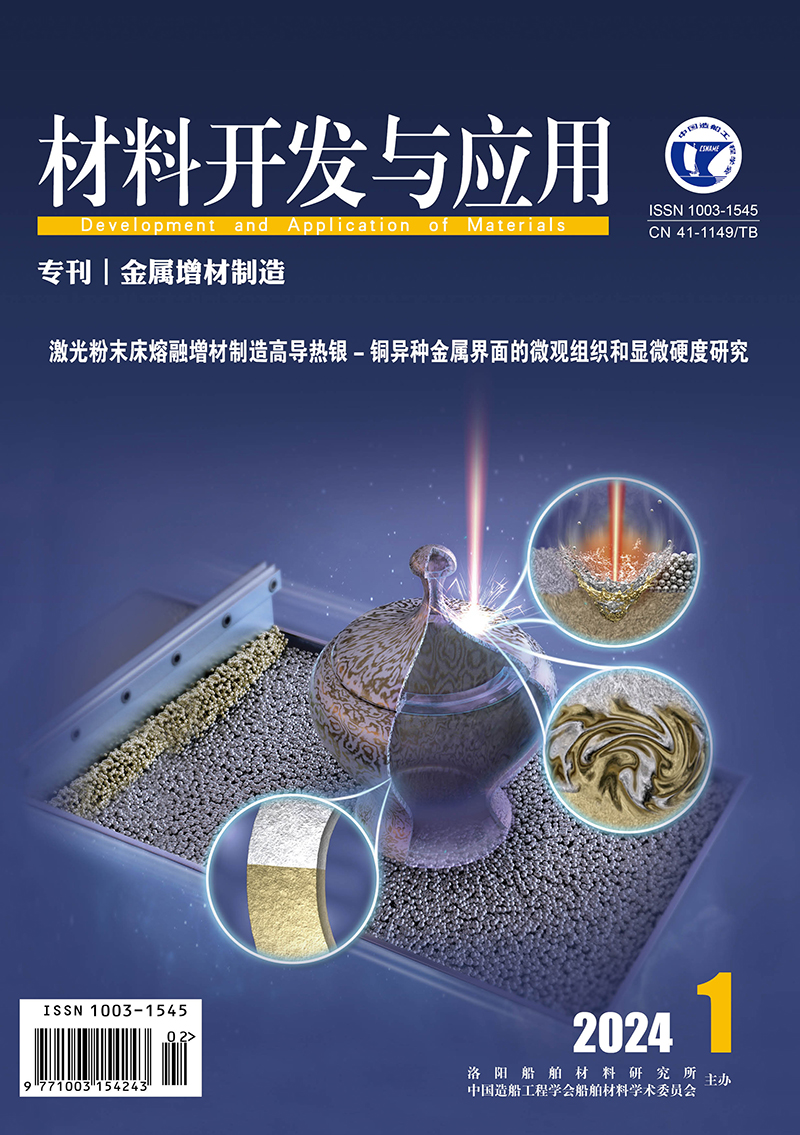2023 Vol. 38, No. 6
Display Method:
2023, 38(6): 1-8.
Abstract:
2023, 38(6): 9-14.
Abstract:
2023, 38(6): 15-21.
Abstract:
2023, 38(6): 22-31,51.
Abstract:
2023, 38(6): 32-40,51.
Abstract:
2023, 38(6): 41-51.
Abstract:
2023, 38(6): 52-57,62.
Abstract:
2023, 38(6): 58-62.
Abstract:
2023, 38(6): 63-66.
Abstract:
2023, 38(6): 67-73.
Abstract:
2023, 38(6): 74-79.
Abstract:
2023, 38(6): 80-85.
Abstract:
2023, 38(6): 86-91,110.
Abstract:
2023, 38(6): 92-99,110.
Abstract:
2023, 38(6): 100-110.
Abstract:


